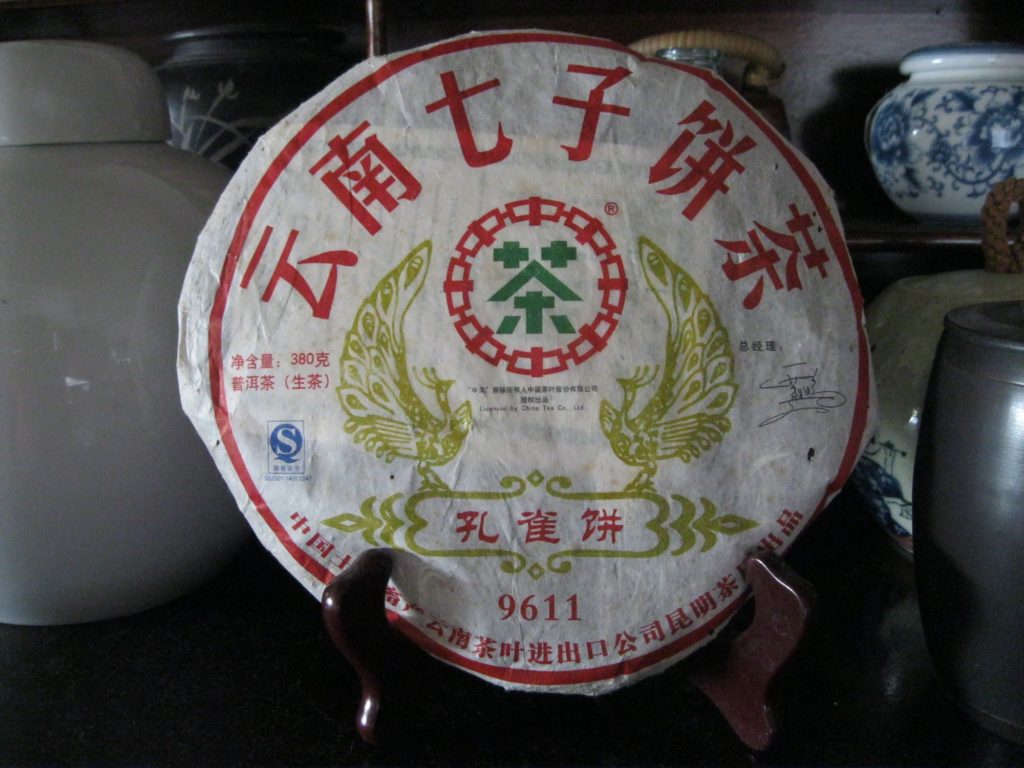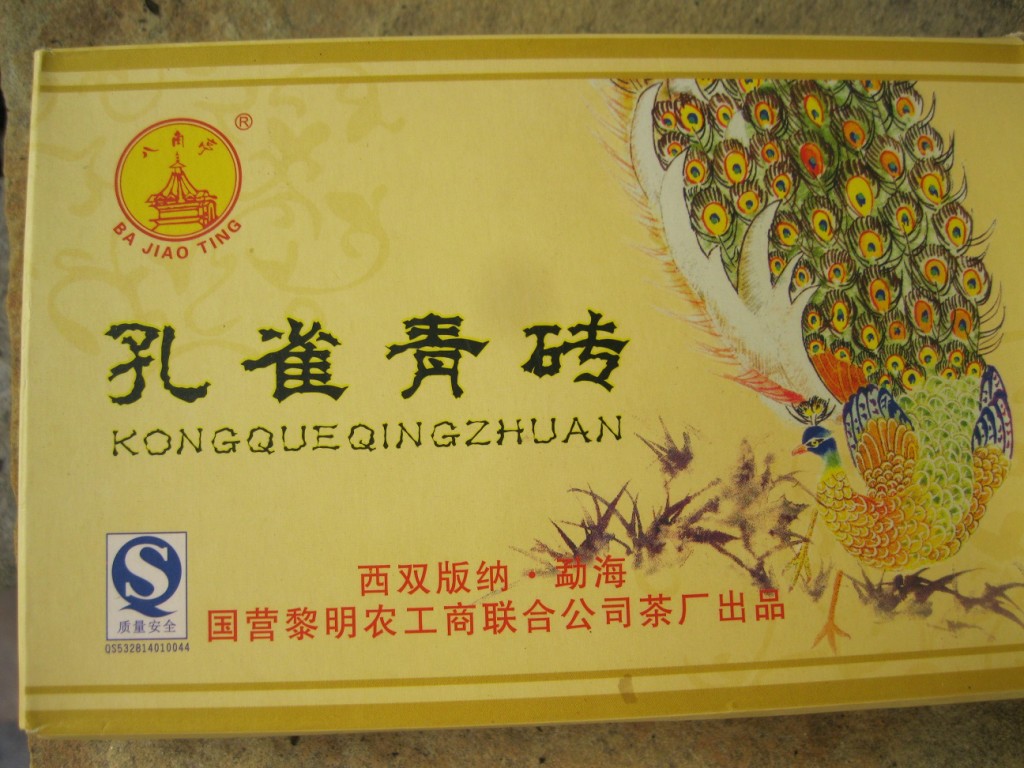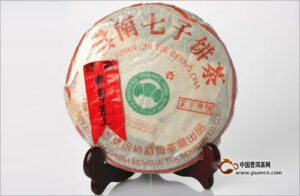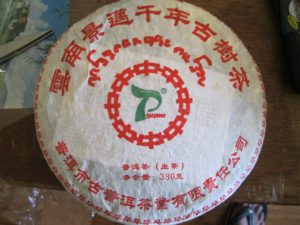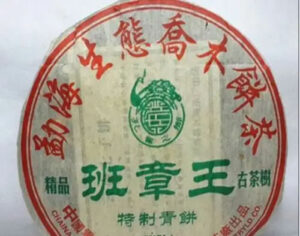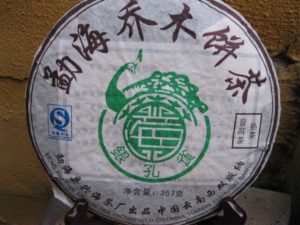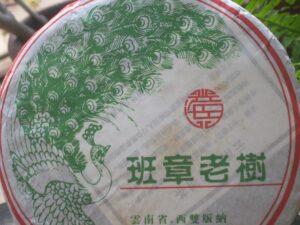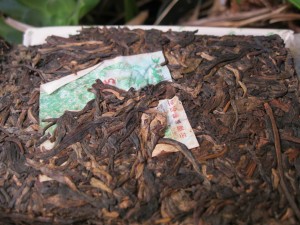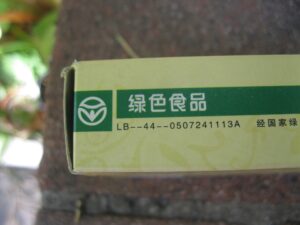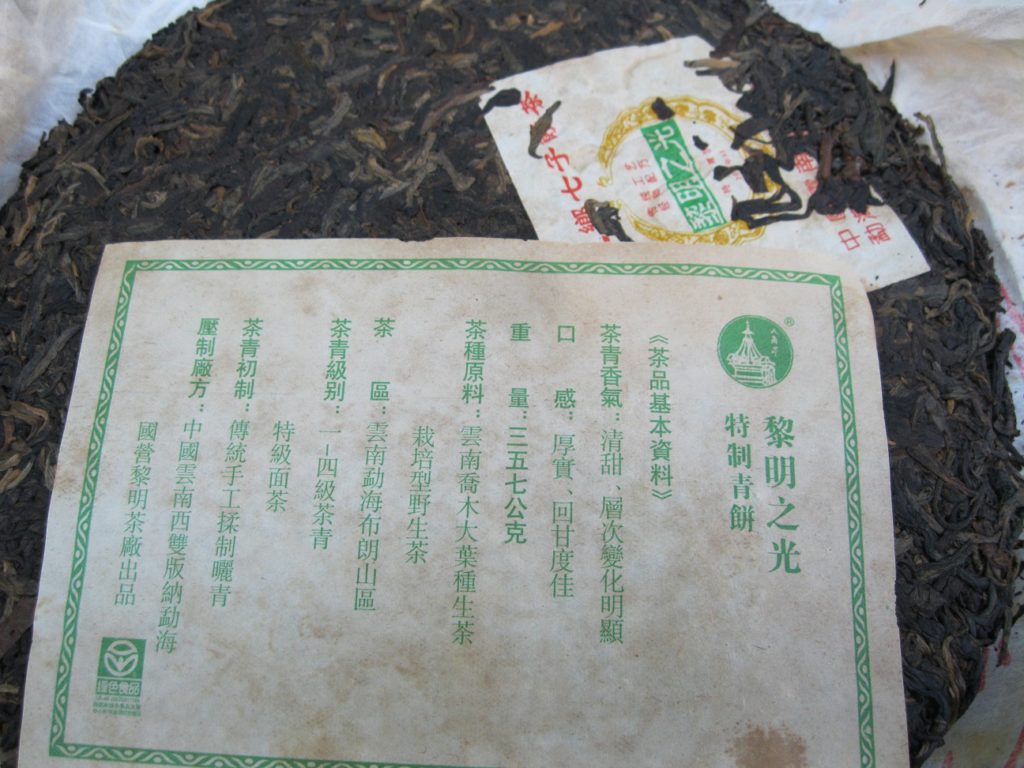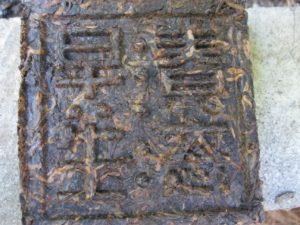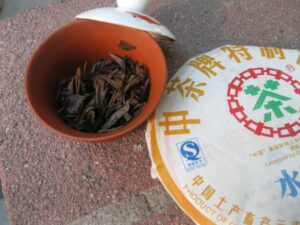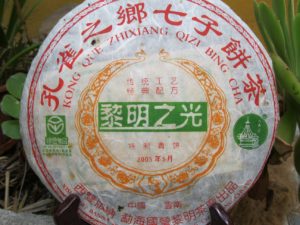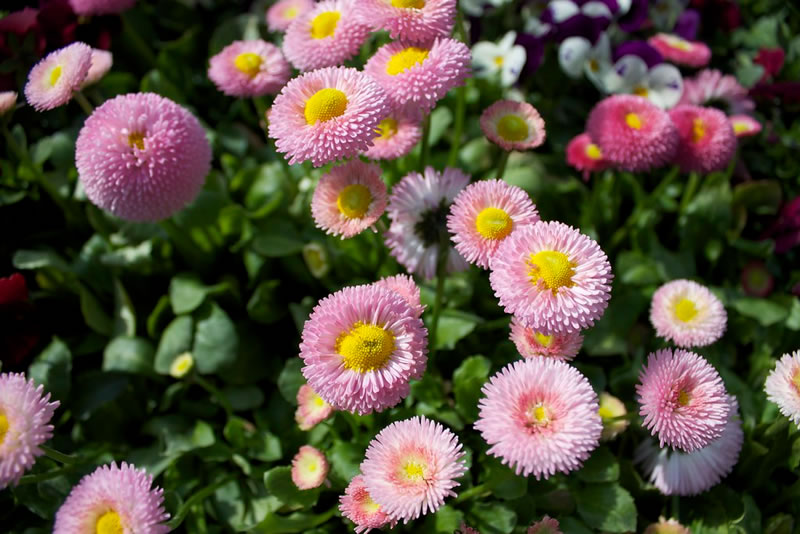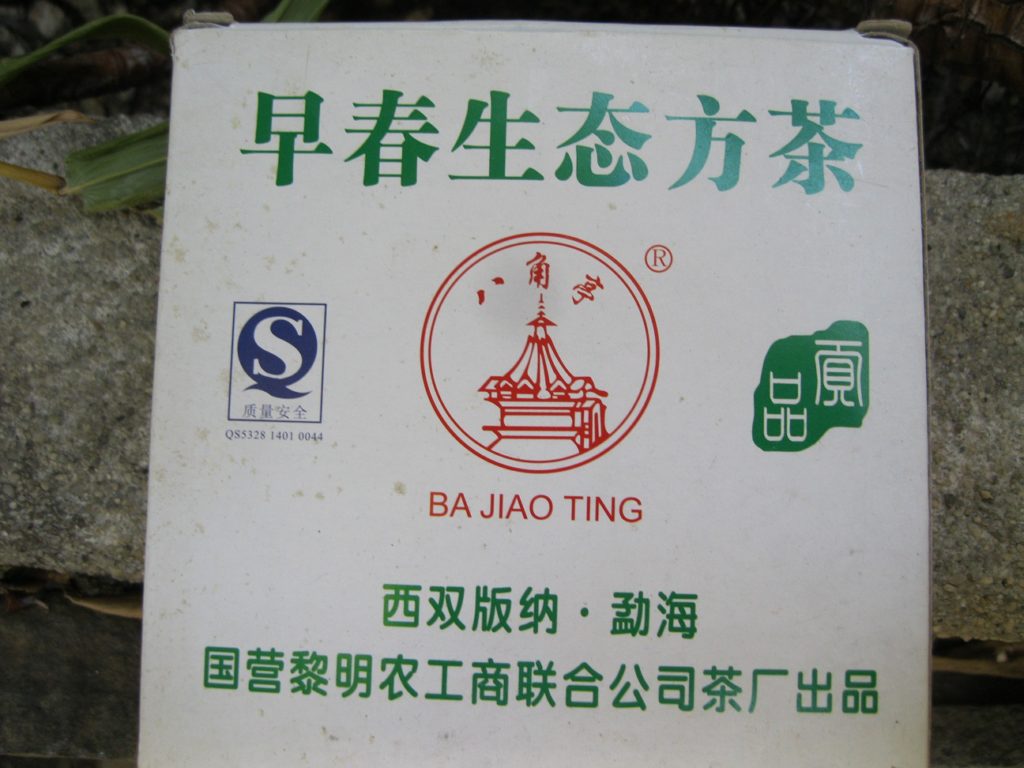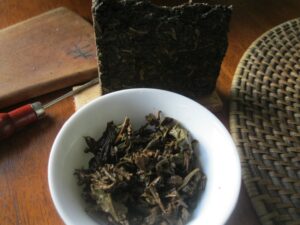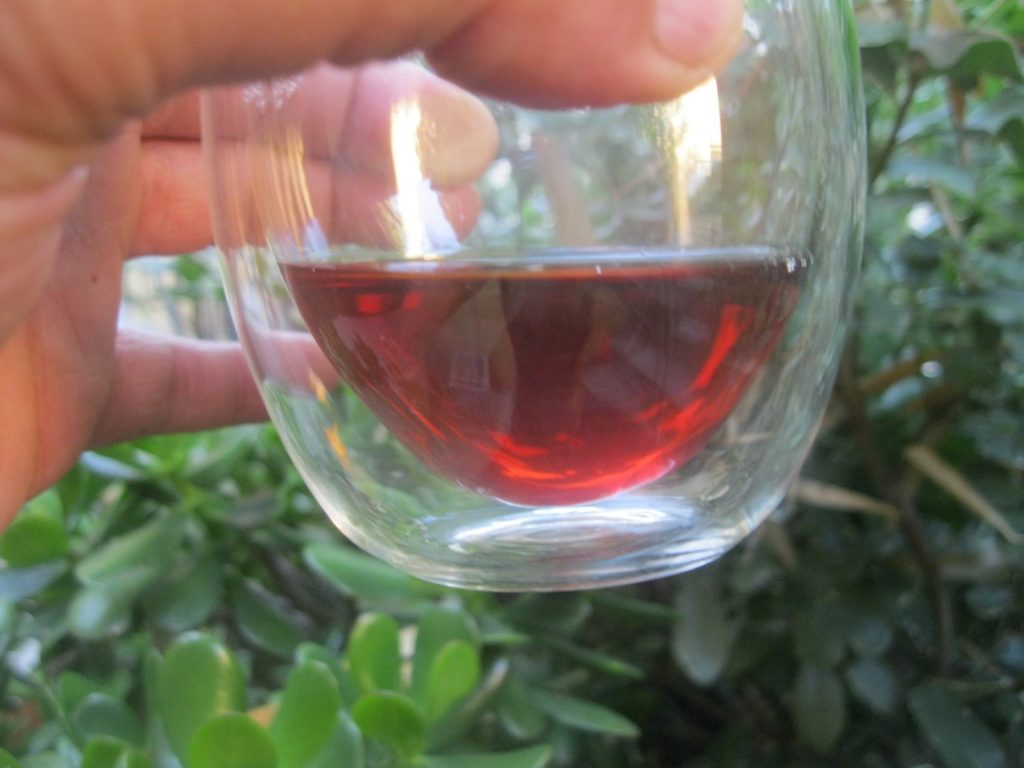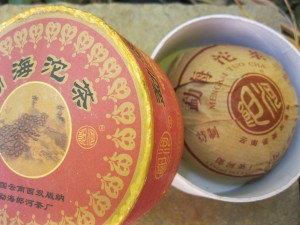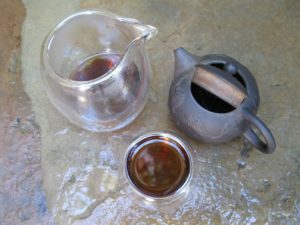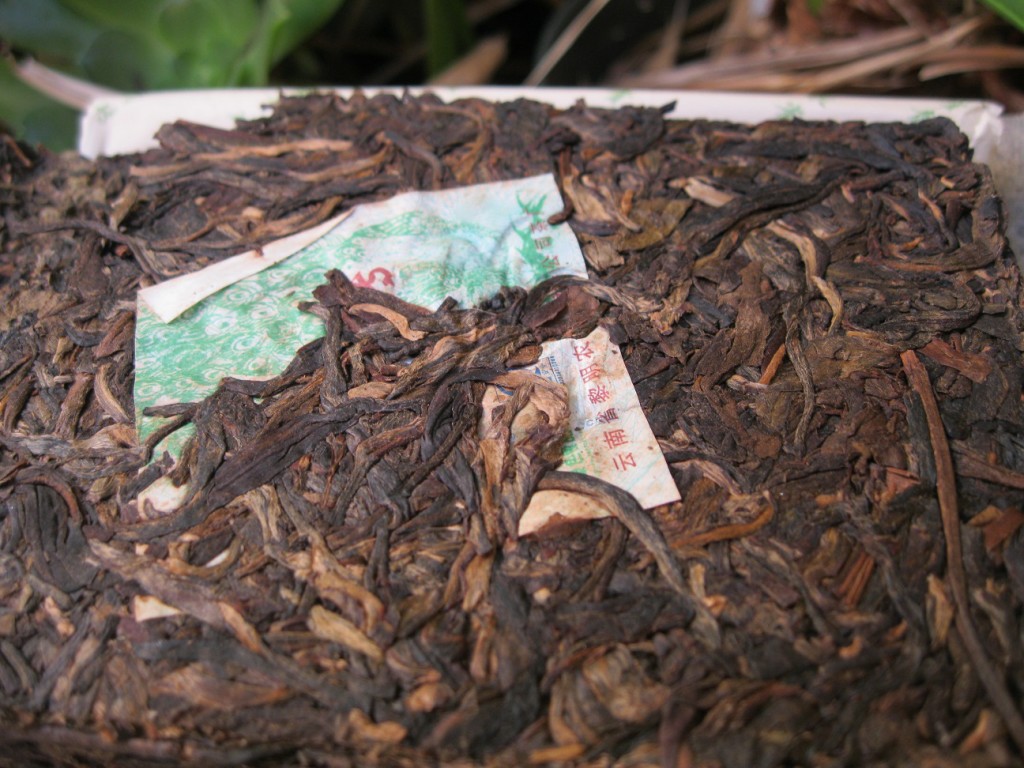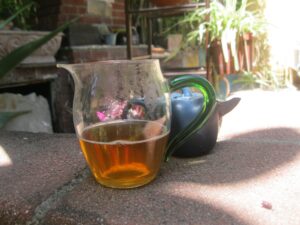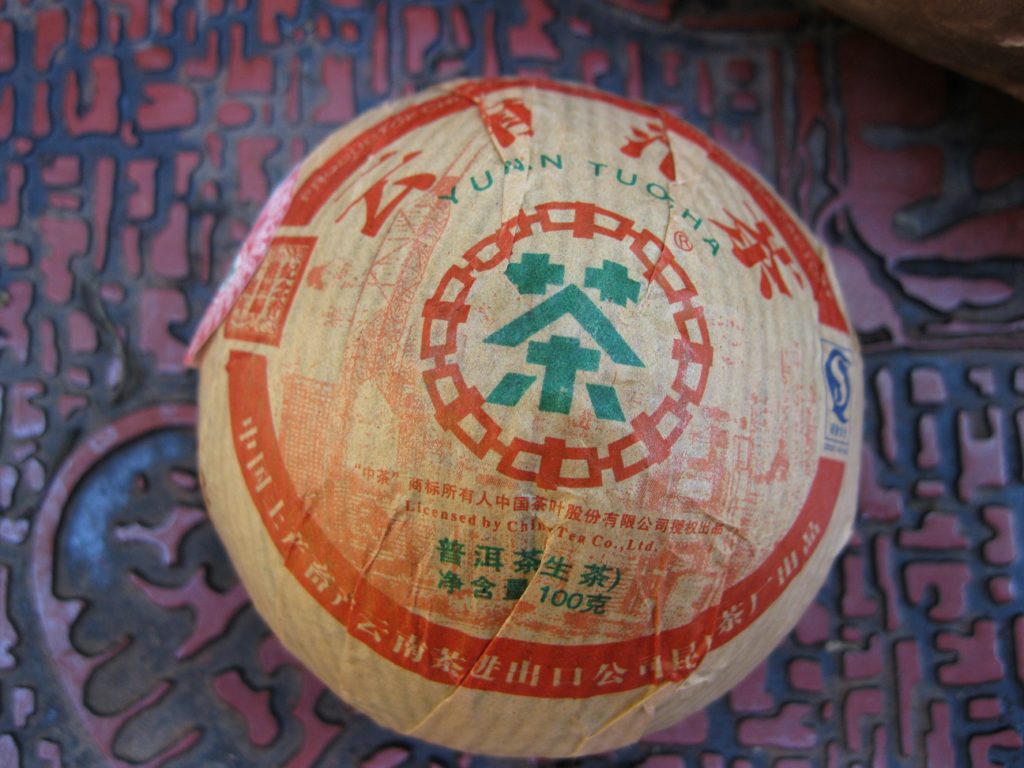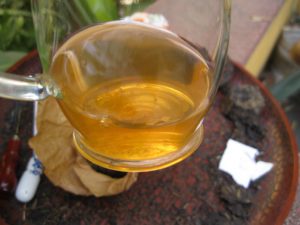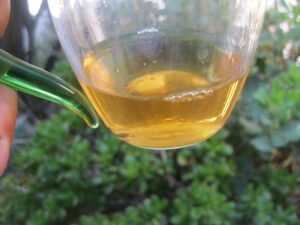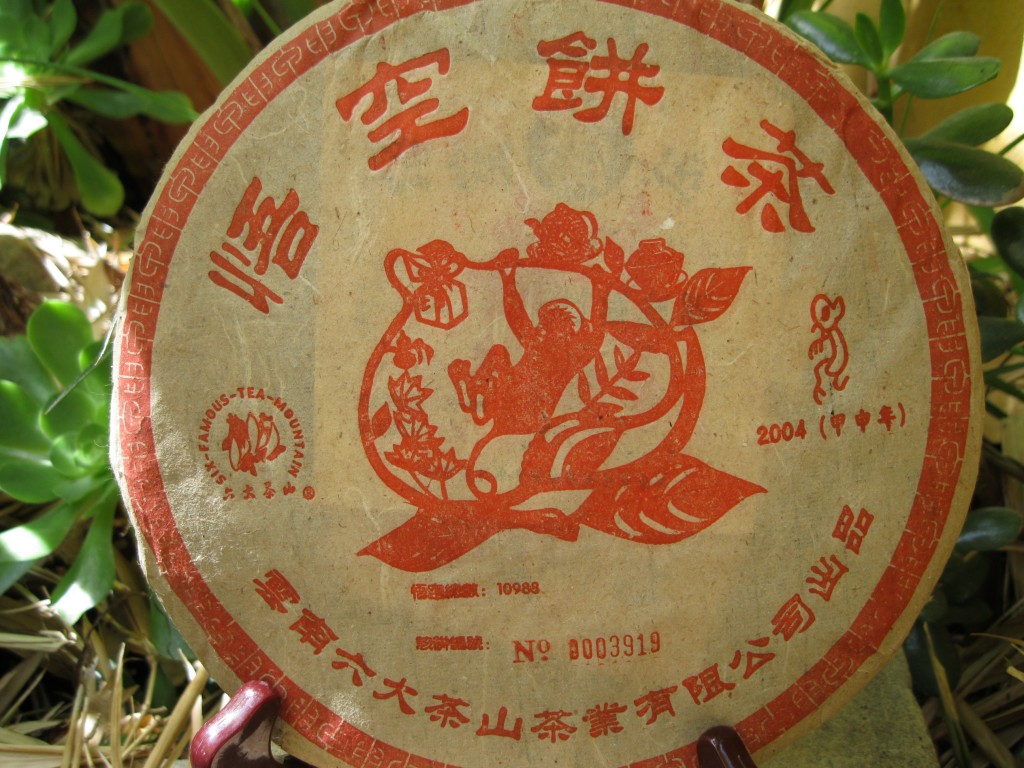Week ‘O Liming Aug ’23
Week ‘O Liming Aug ’23 took on three Liming offerings: ’05 Peacock Country, ’11 Jade Rabbit, and ’07 Golden Elephant. Let’s not dally and get right down to it.
’05 Peacock Country Morning Light
The Peacock Country Morning Light is a production that has been in the Puerh Junky’s possession since around ’16. It appears that around ’21 Liming released another cache onto the market, so it can be sourced from numerous vendors probably with marginal differences in storage since they’re all coming from the factory. There’s a reason why so many have picked up the PCML. . . it’s fantastic.
Watching the evolution of the PCML has been a fascinating experience. From the “early days”, Puerh Junky found it basically undrinkable: too sharp, tippy, no sweetness. Every year’s sampling elicited the same response while it’s price climbed before completely disappearing from the landscape by ’19. In ’21 it had completely transformed into a much darker and serious brew: sweet tobacco, leather, durable.
Now raspberry is the prevailing PCML theme along a background of tobacco, maybe some smoke, a bit of leather. This theme continues throughout the experience with the tobacco diminishing as you go and the raspberry crowding out all other players. It’s one of the best productions under $90 that you’ll get for a cake this age.
’11 Jade Rabbit
“Guabei” is the Chinese term for when all the good stuff from a tea coats the pitcher and cup. Jade Rabbit’s most noteworthy feature is that it guabei. The taste for the first five infusions is ultra Zen, quite a contrast from when first acquired in ’22 and being Bulang material. Subsequent infusions darken up, while getting bitter and losing sweetness. Young? Not really, but this is typical of productions that have more years of storage to go. So far, storage is solid. Too much of the wrong kind of bitter at the moment. No astringency to speak of. Doesn’t dry the mouth. Hint of smoke in later infusions. Jury still out.
’07 Golden Elephant
The Golden Elephant’s crowning virtue is its high drinkability. Puerh Junky just pulled it down at the time of writing this post to make out like the week was Liming replete. Broth is fruity and light, whimsical. Huigan leaves a slight measure of bitterness with a fruitiness that matches broth coating the mouth. Seems like it would be perfect for a beginner or a child. One dimensional like single terroirs, quite fitting given the cartoonish wrapper. It’s not meant to be taken seriously. Doesn’t dry the mouth and it’s not too sweet. The bitter finish isn’t shabby and it’d prolly make an excellent cold brew.
Week ‘O Liming Wrap-up
Puerh Junky’s prolly been meaning to getting around to posting the Peacock Country for six months now. There’s a sample that can be found over on the Sampler page, along with the highly regarded Peacock Brick, Rabbit and a few others. PCML lasts considerably longer, like forever, brewed in gaiwan. I have maybe two or three on hand for $89 if you want to email. Just a reminder about free shipping on all orders over $75.
I notice from the description of the Rabbit that the taste profile has shifted from fruity playful to Zen. Both it and the Elephant were Liming pings to determine whether more should be acquired. So far, I’d say they’re “ok” but not as compelling as their OG Square, which has an entirely different personality, and The Collection offerings like the Tulin Tuo and the Dragon Pearls, which are jovial with lot’s of body, sweetness, and stamina.


